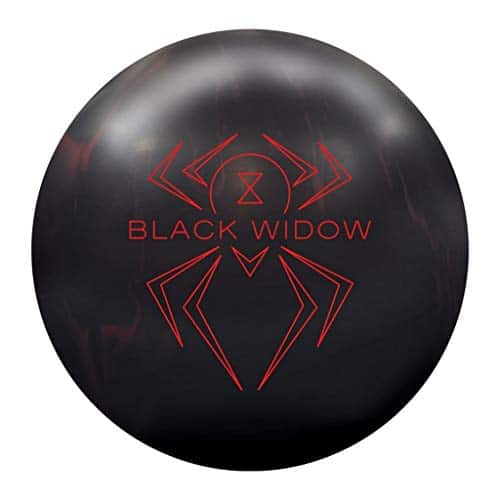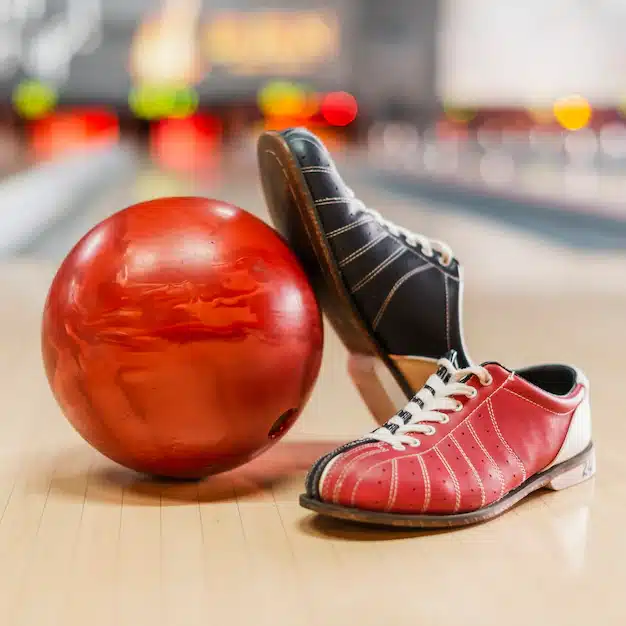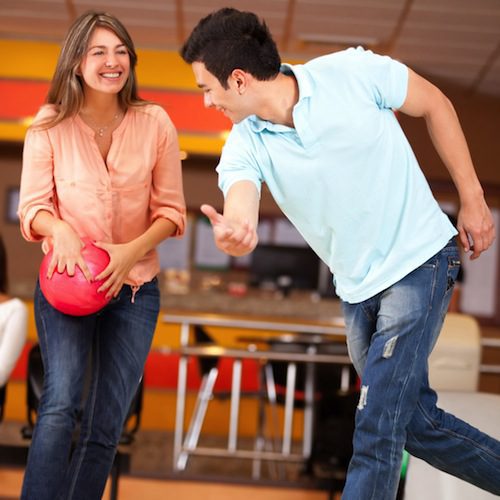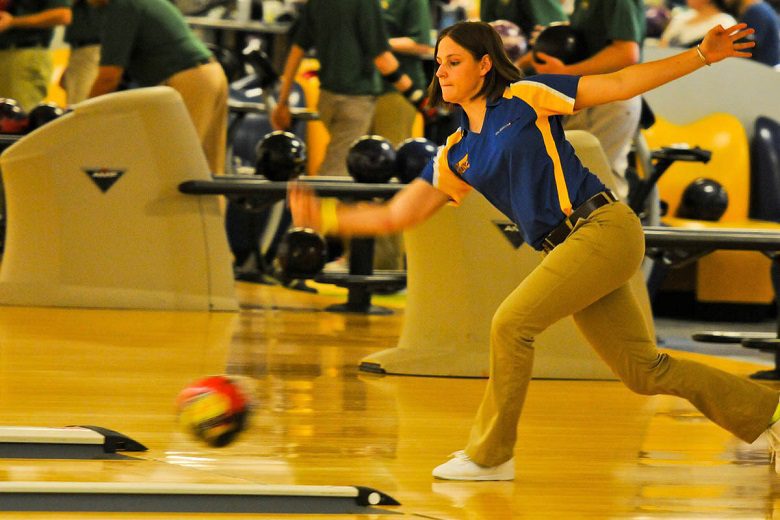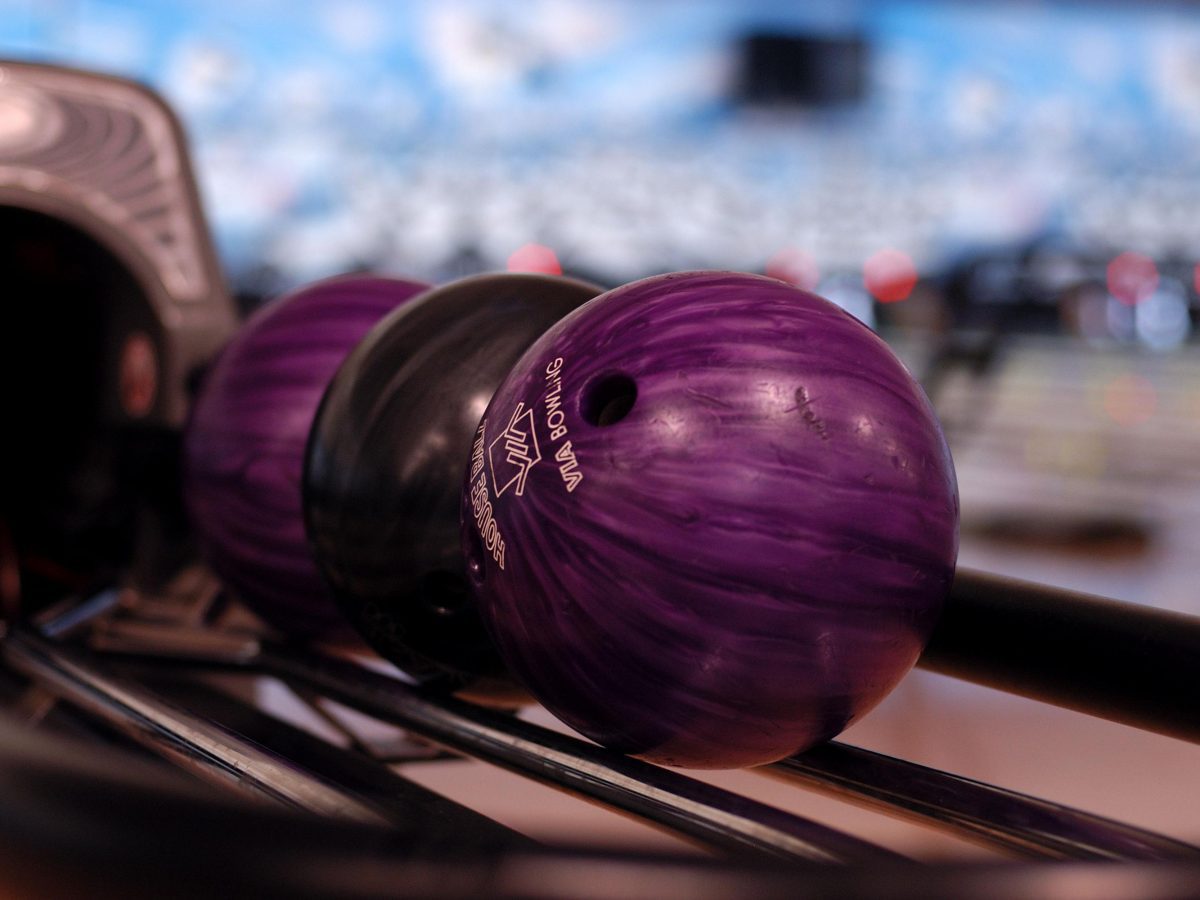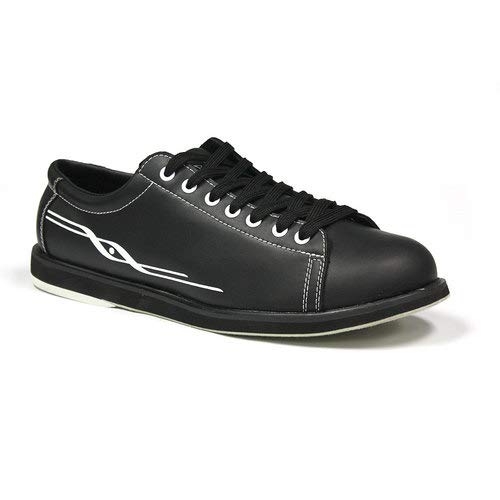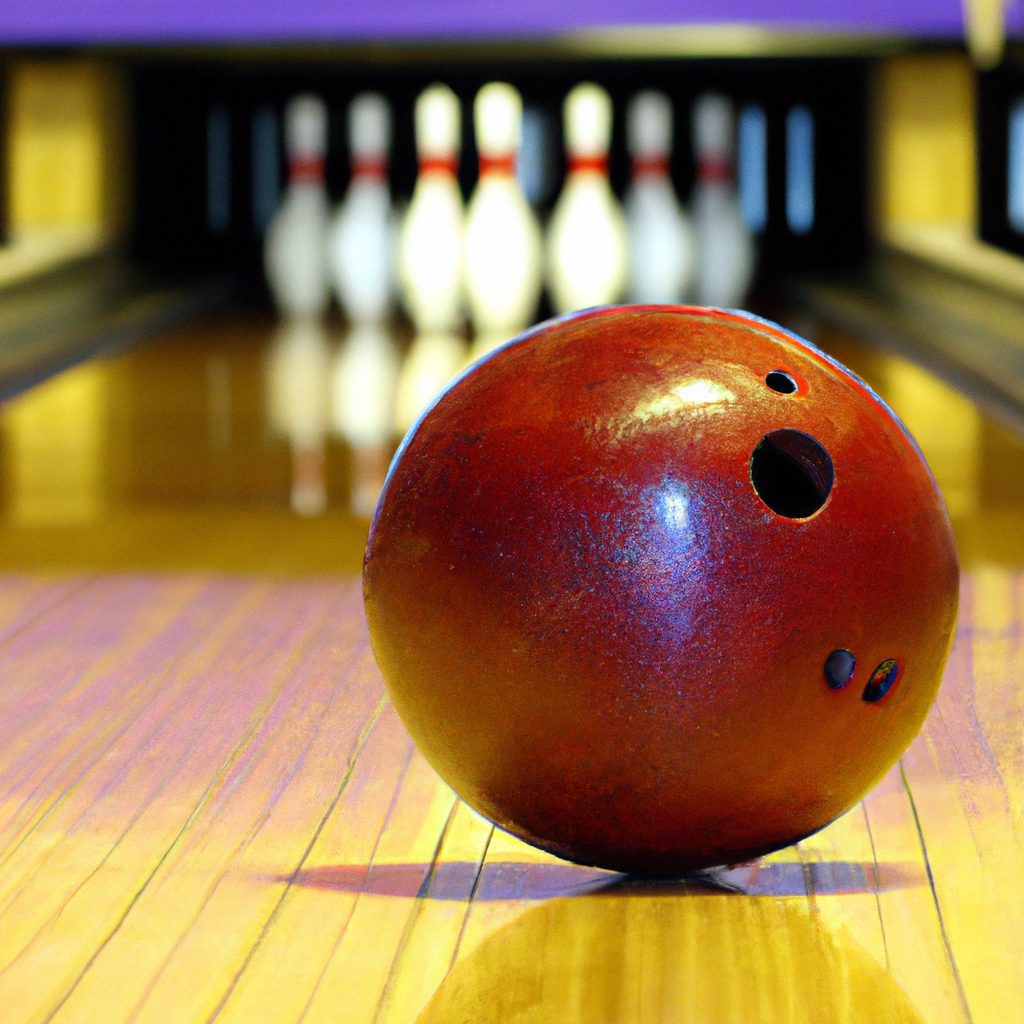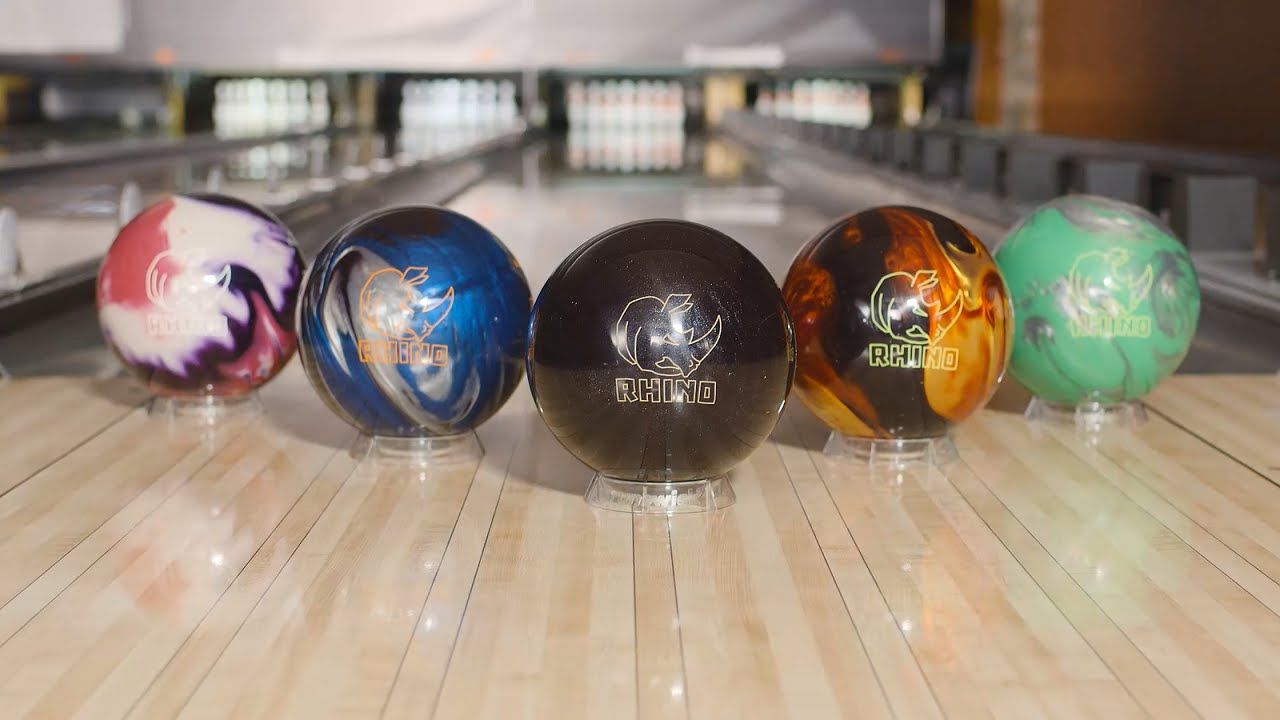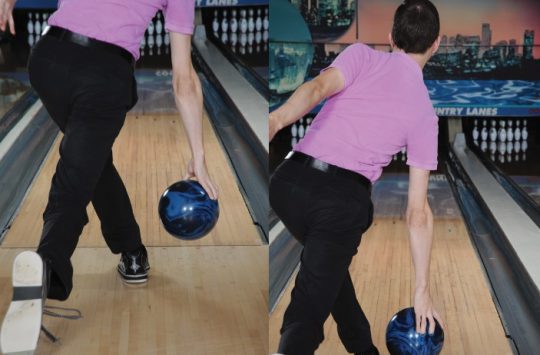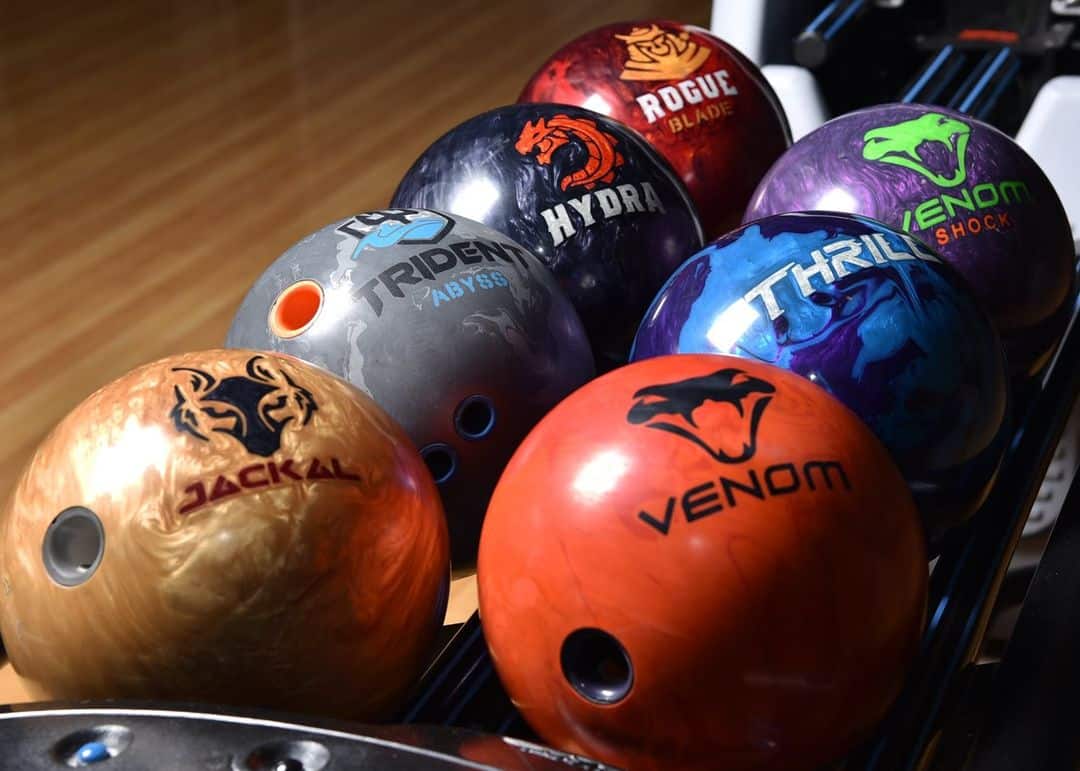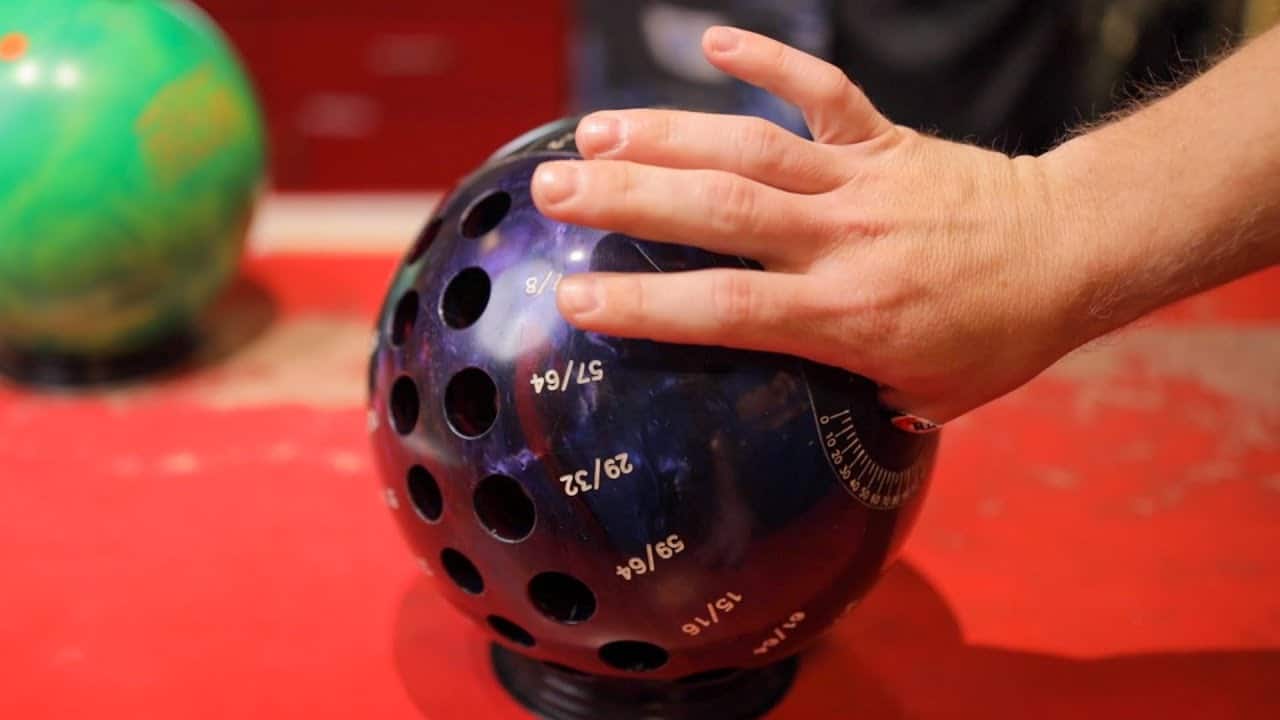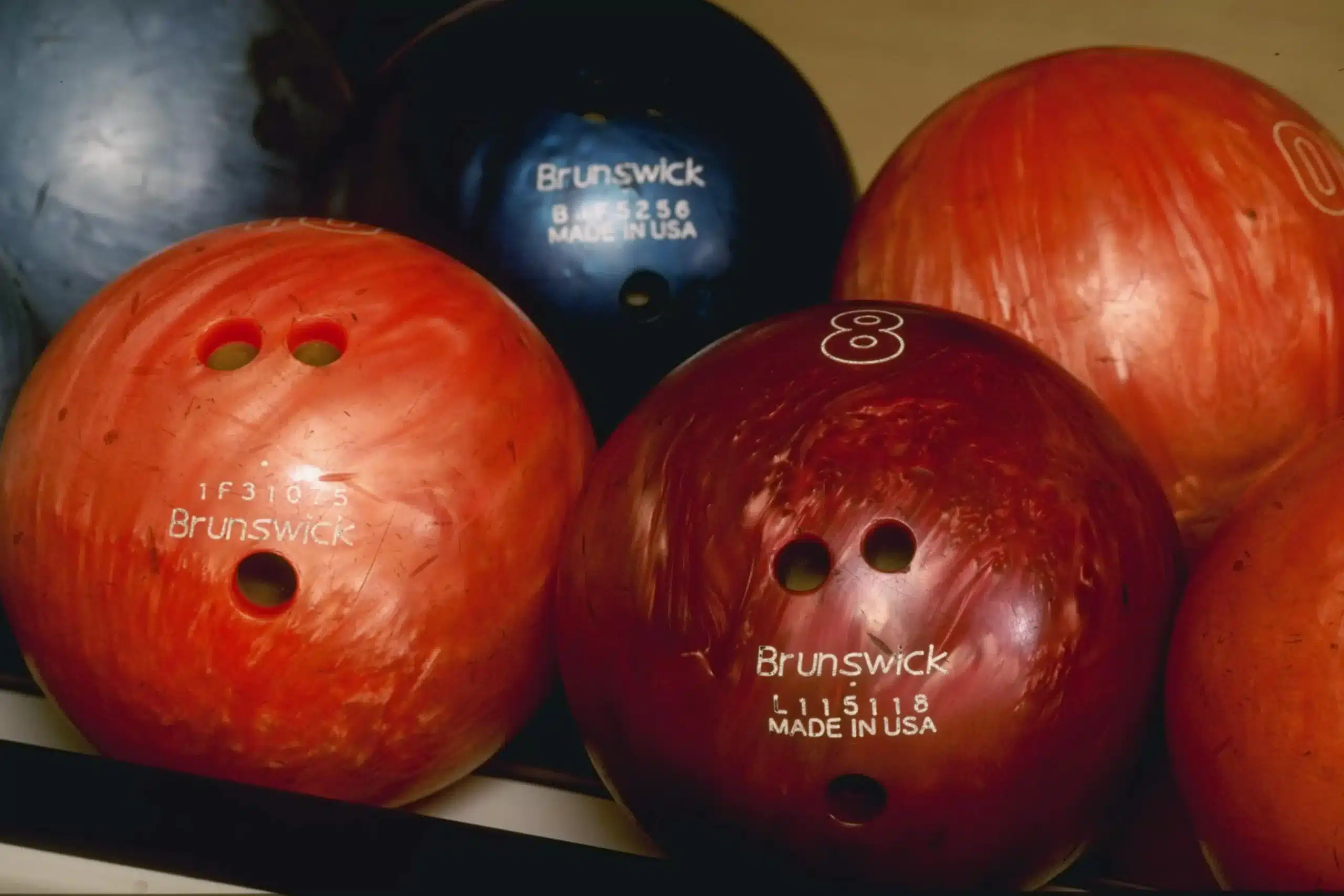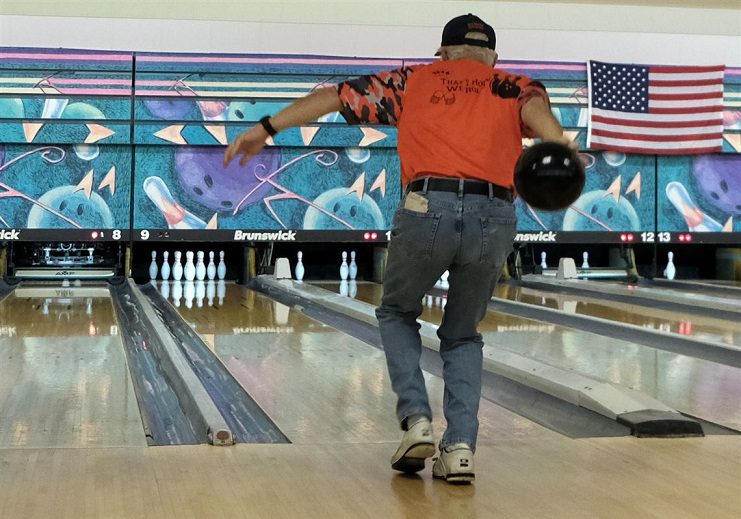We’re always on the lookout for effective cleaning methods when it comes to keeping our beloved bowling balls in top condition. So, the question that often pops up is: can we use rubbing alcohol to give our bowling balls a pristine shine? In this article, we’ll explore the pros and cons of using rubbing alcohol as a cleaning agent for our bowling balls, providing you with all the information you need to make an informed decision. So, let’s get ready to roll into bowling ball maintenance!
This image is the property of ctdbowling.com.
Review contents
The Role of Cleaning in Bowling Ball Maintenance
Why is cleaning necessary?
Cleaning plays a vital role in the maintenance of a bowling ball. Over time, bowling balls can accumulate dirt, oil, and debris from the lane. These contaminants can affect the ball’s performance, causing it to hook less or lose its grip on the lane. Regularly cleaning the ball ensures that it maintains its optimal performance and helps us achieve our best game.
How does cleaning affect the performance of a bowling ball?
Cleaning directly affects the performance of a bowling ball in several ways. Firstly, it helps remove the built-up dirt and oil from the ball’s surface, restoring its grip on the lane. This improved traction enables the ball to hook more efficiently and achieve the desired ball motion. Additionally, cleaning the ball can prevent it from absorbing the oil, which can alter its weight and balance. We can maintain the ball’s integrity and ensure consistent performance by cleaning the ball regularly.
Understanding the Composition of Bowling Balls
Different materials used
Bowling balls are typically composed of various materials, most commonly polyester, urethane, and reactive resin. Polyester balls are durable, affordable, and relatively low maintenance. Urethane balls provide increased hook potential and control. Reactive resin balls offer even more significant hook potential due to their porous surface. Proper cleaning and maintenance are crucial for preserving the ball’s performance and longevity regardless of the material.
The importance of maintaining the ball’s surface
The surface of a bowling ball plays a significant role in its performance. The texture and condition of the surface can affect the ball’s grip, hook potential, and overall motion on the lane. Regular cleaning helps to maintain the integrity of the ball’s surface, preventing the accumulation of dirt and oil that could impact its performance. By keeping the ball’s surface clean, we can ensure optimal contact with the lane and achieve the desired ball reaction.
How dirt and oil affect the ball’s performance
Dirt and oil on a bowling ball’s surface can harm its performance. Dirt particles can fill the pores of the ball, reducing its ability to grip the lane and hook effectively. Likewise, oil can create a barrier between the ball and the lane, causing it to skid rather than hook. Over time, the combination of dirt and oil can lead to poor performance and consistency. Regular cleaning helps to remove these contaminants, allowing the ball to perform at its best.
Standard Cleaning Methods for Bowling Balls
Using a bowling ball cleaner
Bowling ball cleaners specifically designed for this purpose are available on the market. These cleaners are formulated to remove dirt, oil, and other contaminants from the ball’s surface. They come in convenient spray or liquid form and are typically applied with a soft cloth or bowling ball towel. Bowling ball cleaners provide an effective and hassle-free method of keeping your ball clean and ready for action.
Utilizing specialized cleaning pads
Specialized cleaning pads are another popular option for cleaning bowling balls. These pads are typically made from microfiber or other gentle materials that won’t damage the ball’s surface. They can be used dry or slightly damp, and their textured surface helps to remove dirt and oil effectively. Simply rubbing the pad on the ball’s surface in a circular motion can make a noticeable difference in its cleanliness and performance.
Diluted dish soap and warm water
For those who prefer a DIY cleaning solution, diluted dish soap and warm water can be effective. This gentle mixture helps to break down dirt and oil without causing any harm to the ball’s surface. Using a soft cloth or sponge, we can apply the soapy water to the ball and gently scrub the contaminants. Rinse thoroughly with clean water and dry the ball before using it again.
Cleaning your ball with rubbing alcohol
Rubbing alcohol is also commonly used for cleaning bowling balls. It is known for its ability to dissolve oil and remove dirt effectively. However, it’s essential to exercise caution when using rubbing alcohol, as it can potentially damage the ball’s surface, mainly if used excessively. We will discuss the safe usage of rubbing alcohol later in this article.
Analyzing the pros and cons of each cleaning method
Each cleaning method has its advantages and disadvantages. Bowling ball cleaners offer convenience and are specially formulated for the task. Specialized cleaning pads are gentle and effective but may require some physical effort. Diluted dish soap and warm water are readily available and safe for the ball’s surface. However, the use of rubbing alcohol should be approached with caution, as it can potentially damage the ball if not used properly. It’s essential to consider personal preferences, the specific condition of the ball, and manufacturer recommendations when choosing a cleaning method.
Is Rubbing Alcohol Safe for Cleaning Bowling Balls?
Understanding the effect of rubbing alcohol on the ball’s coverstock
Rubbing alcohol can positively and negatively affect a bowling ball’s coverstock. On one hand, it does an excellent job of removing oil and dirt, enhancing the ball’s performance. However, rubbing alcohol also has the potential to dry out the coverstock, causing it to become brittle and prone to cracking or splitting. Therefore, it is essential to use rubbing alcohol with caution and moderation to prevent any long-term damage to the ball.
Potential risks and damage caused by frequent alcohol usage
Frequent or excessive use of rubbing alcohol on a bowling ball can lead to significant damage. The alcohol can strip away the ball’s natural oils and chemicals, leaving the coverstock vulnerable to drying out. Dry coverstocks are more susceptible to cracking, splitting, or becoming brittle, ultimately shortening the ball’s lifespan. For this reason, it’s essential to use rubbing alcohol sparingly and follow proper cleaning guidelines.
Recommended frequency of using rubbing alcohol
To minimize the risks associated with rubbing alcohol, using it sparingly and only when necessary is generally recommended. If the ball’s surface is heavily contaminated with oil or dirt, rubbing alcohol can be used as a deep cleaning solution. However, it’s essential to follow manufacturer guidelines and limit its usage to once every few months or as needed. Adhering to these recommendations can help maintain the ball’s performance while minimizing the potential risks.
Manufacturer guidelines and warranties
It’s crucial to consult the ball’s manufacturer’s guidelines regarding cleaning and maintenance. Manufacturers often provide specific instructions for cleaning their balls, including recommended cleaning methods and products. Following these guidelines ensures the ball’s optimal performance and helps protect any warranties associated with the ball. Deviating from the manufacturer’s recommendations could void the warranty, so it’s essential to prioritize these guidelines when cleaning the ball.
This image is the property of www.wikihow.com.
Steps to Clean a Bowling Ball Using Rubbing Alcohol
Gathering the necessary materials
Before cleaning a bowling ball with rubbing alcohol, gather all the necessary materials. These may include rubbing alcohol (isopropyl alcohol), a microfiber cloth or sponge, and a container to hold the rubbing alcohol (such as a spray bottle or bowl).
Preparing the work area
Choose a well-ventilated area to clean the ball and protect the surrounding surfaces from potential spills. A clean workbench or an area covered with an absorbent cloth can make cleaning more efficient.
Applying rubbing alcohol to the ball
Pour a small amount of rubbing alcohol onto the microfiber cloth or sponge, ensuring it is damp but not soaking wet. Gently wipe the ball’s surface using circular motions, focusing on areas with visible dirt or oil buildup. Avoid excessive rubbing or applying too much pressure, damaging the ball.
Using a microfiber cloth or sponge for cleaning
A microfiber cloth or sponge is an excellent tool for cleaning a bowling ball with rubbing alcohol. Its gentle texture helps to remove dirt and oil without causing any harm to the ball’s surface. It’s important to note that the cloth or sponge should be dedicated solely to cleaning the ball, as using it on other surfaces may introduce contaminants that could affect the ball’s performance.
Drying and polishing the ball
After cleaning the ball with rubbing alcohol, use a dry microfiber cloth to remove any excess moisture. Ensure the ball is completely dry before storing or using it again. For an added shine, it is possible to use a bowling ball polish specifically designed to enhance the appearance and performance of the ball. Apply the polish according to the manufacturer’s instructions for best results.
Storing the ball properly
Once the ball is clean and dry, it’s essential to store it properly to maintain its performance. Avoid leaving the ball in extreme temperatures or direct sunlight, affecting its composition and performance. Instead, store the ball in a cool and dry place, ideally in a bowling ball bag or case designed to protect it from potential damage.
Alternative Cleaning Solutions for Bowling Balls
Bowling ball-specific cleaning agents
Aside from rubbing alcohol, specialized cleaning agents are available on the market that are formulated specifically for cleaning bowling balls. These agents remove dirt, oil, and other contaminants without damaging the ball’s surface. They often come in spray or liquid form, making them easy to apply and work with. While these cleaning agents may cost additional, they offer a reliable and convenient solution for keeping your bowling ball clean.
Using isopropyl alcohol instead of rubbing alcohol
For those concerned about the potential risks associated with rubbing alcohol, isopropyl alcohol can be a suitable alternative. Isopropyl alcohol typically has a lower alcohol content than rubbing alcohol, reducing the risk of drying out the ball’s coverstock. However, it’s still important to exercise caution and moderation when using any alcohol-based cleaning solution to avoid potential damage.
Vinegar and water solution
A natural and environmentally friendly cleaning solution for bowling balls can be made using vinegar and water. Mixing equal parts of white vinegar and water in a spray bottle creates a gentle yet effective solution for cleaning the ball’s surface. Spray the solution onto the ball and clean it with a microfiber cloth or sponge. The vinegar helps break down dirt and oil while leaving the ball’s coverstock intact.
Baking soda paste
Baking soda has long been known for its cleaning properties and can be used to clean a bowling ball effectively. To create a baking soda paste, mix baking soda with a small amount of water to form a thick consistency. Gently rub the paste onto the ball’s surface using a soft cloth or sponge, focusing on areas with visible dirt or oil buildup. Rinse the ball thoroughly with clean water and dry it before using or storing it.
Balancing the effectiveness and potential risks
When considering alternative cleaning solutions, finding a balance between effectiveness and potential risks is essential. While specialized cleaning agents and isopropyl alcohol offer effective cleaning options, they may come at a higher cost. On the other hand, vinegar and baking soda provide natural alternatives, but they may require more effort or multiple applications. Balancing individual preferences, the condition of the ball, and manufacturer recommendations can help determine the most suitable cleaning solution for optimal results.
This image is the property of www.wikihow.com.
Tips for Maintaining the Performance of a Bowling Ball
Regular cleaning and maintenance routines
To maintain the performance of a bowling ball, it’s crucial to establish and follow regular cleaning and maintenance routines. Regularly clean the ball after each session or tournament to prevent the accumulation of dirt and oil. Additionally, inspect the ball for any signs of damage, such as cracks or splits, and address them promptly. By staying proactive and consistent in cleaning and maintenance, we can ensure the ball performs at its best for longer.
Storing the ball in a cool and dry place
Proper storage is critical to preserving the performance and longevity of a bowling ball. Always store the ball in a cool and dry place, ideally away from direct sunlight and extreme temperatures. High temperatures can soften the ball’s coverstock, while extreme cold may make it brittle. Investing in a bowling ball bag or case designed to protect the ball can provide additional protection during storage and transportation.
Avoiding excessive heat and extreme temperatures
Extreme heat and temperature fluctuations can have a detrimental effect on a bowling ball’s performance. When exposed to high temperatures, the ball’s core can expand, altering its weight and balance. Similarly, extreme cold can make the ball brittle and susceptible to cracking. Avoid leaving the ball in the trunk of a car or exposed to direct sunlight for prolonged periods. By protecting the ball from excessive heat and extreme temperatures, we can ensure its performance remains consistent.
Using a bowling ball towel during play
Using a bowling ball towel during play can help maintain the ball’s performance throughout a game. Wipe the ball with a clean towel to remove any excess oil or dirt that may have accumulated between shots. This simple action helps prevent contaminant accumulation, allowing the ball to grip the lane effectively. Additionally, a towel can help maintain a consistent release, as it removes excess oil from the fingers.
Seeking professional resurfacing when needed
Despite regular cleaning and maintenance, bowling balls may require professional resurfacing from time to time. Resurfacing involves removing a thin layer from the ball’s surface to restore its texture and responsiveness. If the ball’s performance declines, develops noticeable track lines, or no longer hooks as expected, it may be time to seek professional resurfacing. Professional pro shops or bowling ball manufacturers can provide this service, ensuring the ball is restored to its optimal condition.
Summary
Recapping the main points discussed
In summary, cleaning is crucial in maintaining a bowling ball, ensuring its optimal performance and longevity. Cleaning removes dirt, oil, and debris affecting the ball’s grip and hook potential. The composition of bowling balls, including materials like polyester, urethane, and reactive resin, requires specific care to preserve their performance. Different cleaning methods, such as bowling ball cleaners, specialized cleaning pads, dish soap and warm water, and rubbing alcohol, offer various options for keeping the ball clean. Rubbing alcohol, while effective, should be used with caution due to its potential to dry out the ball’s coverstock.
Manufacturer guidelines and warranties should also be considered when determining a cleaning routine. Steps to clean a bowling ball using rubbing alcohol involve gathering materials, preparing the work area, applying rubbing alcohol, using a microfiber cloth, drying, and storing the ball properly. Alternative cleaning solutions include bowling ball-specific cleaning agents, isopropyl alcohol, vinegar and water solution, and baking soda paste. Tips for maintaining ball performance include regular cleaning, proper storage, avoiding extreme temperatures, using a bowling ball towel, and seeking professional resurfacing when needed.
Considering individual preferences and manufacturer recommendations
As with bowling ball maintenance, individual preferences should be considered when choosing a cleaning routine. Some bowlers may prefer the convenience of bowling ball cleaners, while others may opt for more natural alternatives. It is essential to weigh the pros and cons of different cleaning methods and choose the one that best suits personal needs and comfort level. Additionally, following the manufacturer’s guidelines and recommendations for cleaning and maintenance is crucial to ensure the longevity and optimal performance of the ball.
Importance of finding a cleaning routine that suits your needs
Finding a cleaning routine that suits individual needs is crucial for maintaining the performance of a bowling ball. Whether it involves using bowling ball cleaners, specialized cleaning pads, or DIY solutions, consistency and proper execution are key. By establishing a regular cleaning routine and adhering to manufacturer guidelines, we can ensure that the ball performs at its best, maintains its longevity, and enjoys a more successful bowling game.
Balancing cleaning frequency with ball preservation
While cleaning a bowling ball regularly to maintain its performance, it is equally important to strike a balance to preserve its condition. Overcleaning or using harsh cleaning methods can potentially damage the ball’s surface. Finding the right cleaning frequency, whether after every session or every month, can help maintain the ball’s integrity while maximizing its performance. Paying attention to the ball’s condition and any manufacturer recommendations can guide the cleaning frequency.
This image is the property of photos.demandstudios.com.
Conclusion
Making an informed decision about using rubbing alcohol as a cleaning method for bowling balls is crucial. While rubbing alcohol can effectively remove oil and dirt, it also risks drying out the ball’s coverstock and causing long-term damage. By following the recommended guidelines, including using rubbing alcohol sparingly and adhering to manufacturer instructions, we can keep our bowling balls clean and perform optimally.
Regular cleaning, proper storage, and professional maintenance when necessary are all essential to maintaining the longevity and lifespan of our bowling balls. By prioritizing the cleanliness and maintenance of our bowling balls, we can preserve their performance and enjoy many successful games on the lanes.








![Spare bowling ball Top 10 in 2024. (reviews) Top 10 Best Spare Bowling Balls [2021 Reviewed]](http://landofbowling.com/wp-content/uploads/2021/07/Top-10-Best-Spare-Bowling-Balls-2021-Reviewed.jpg)






